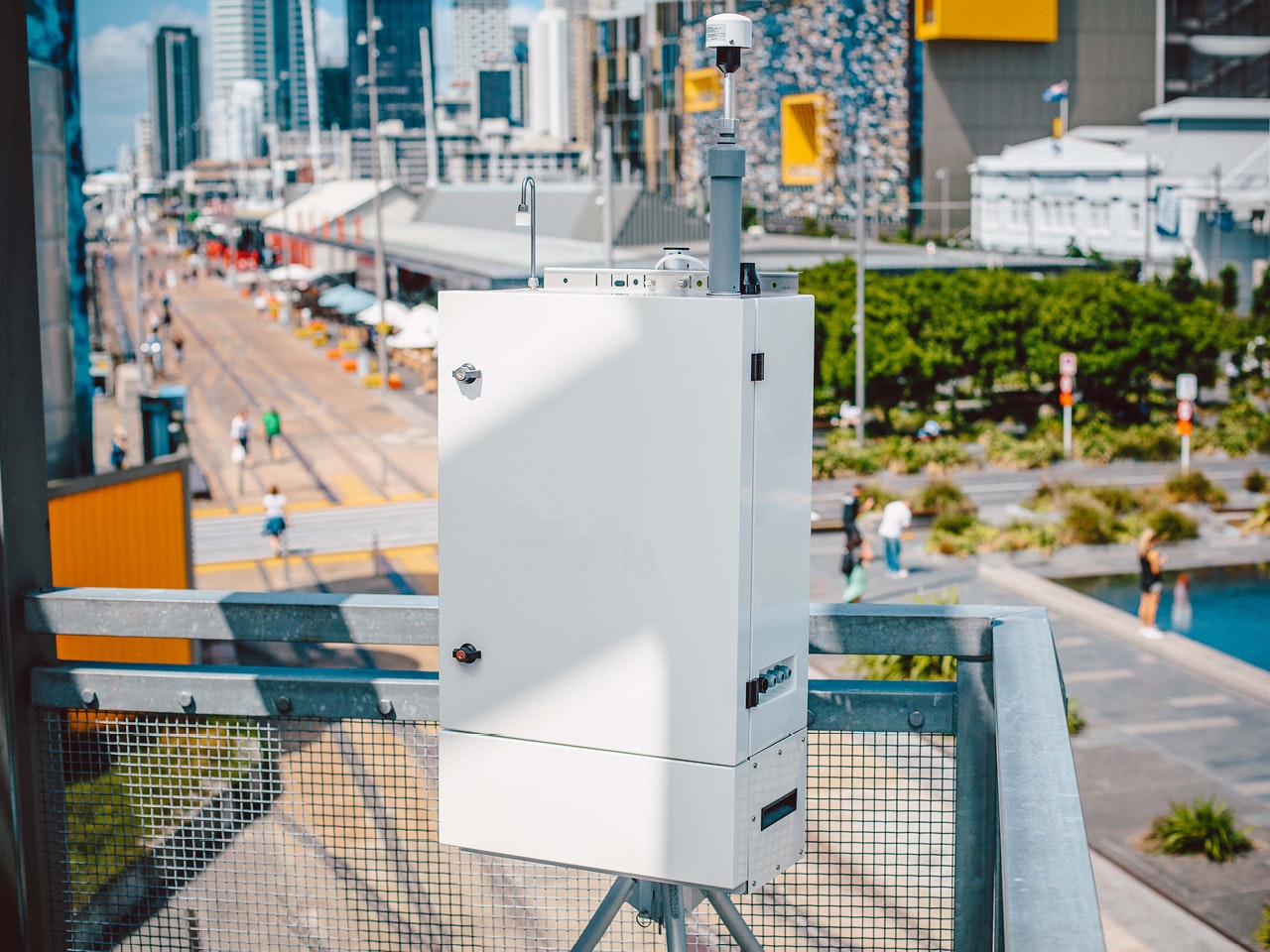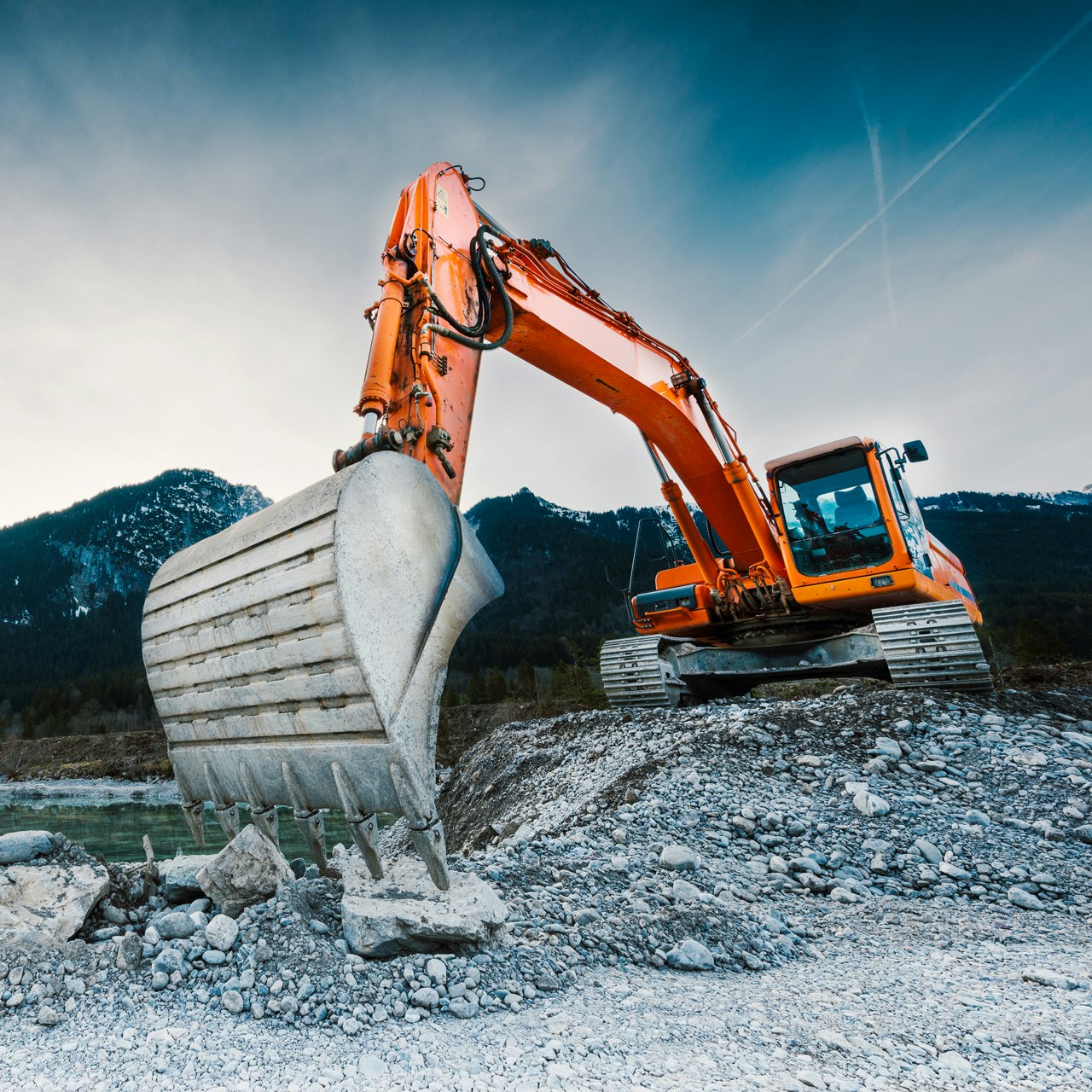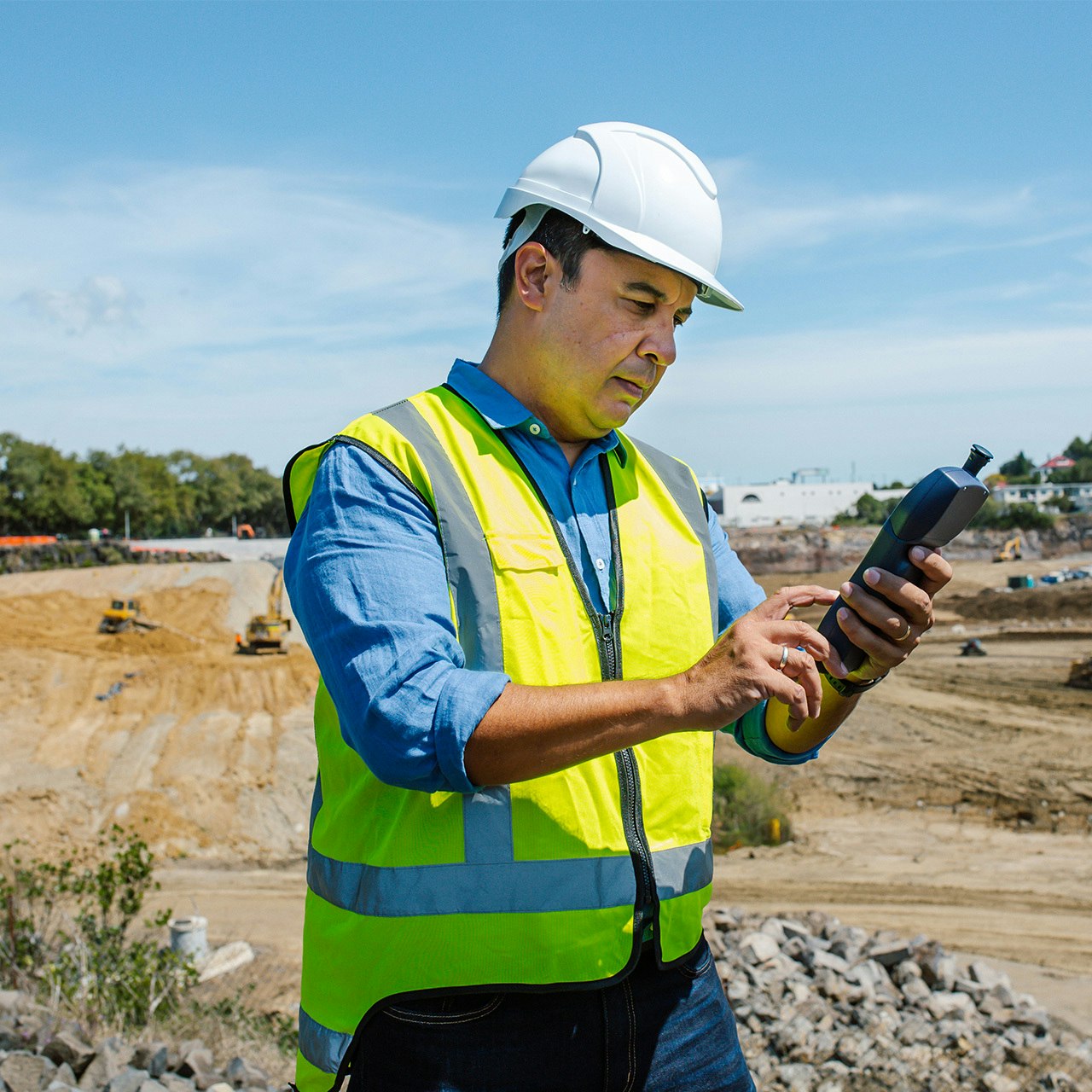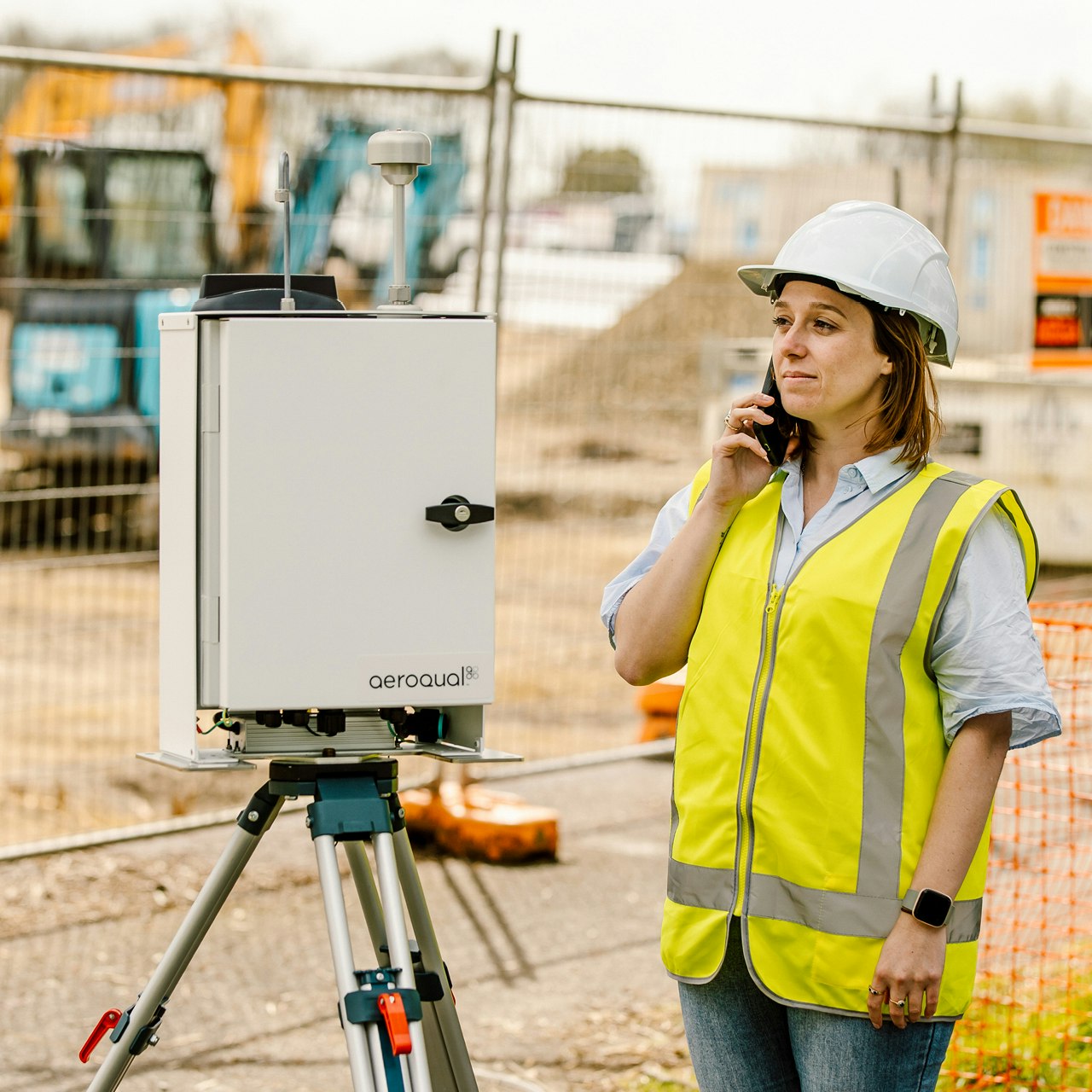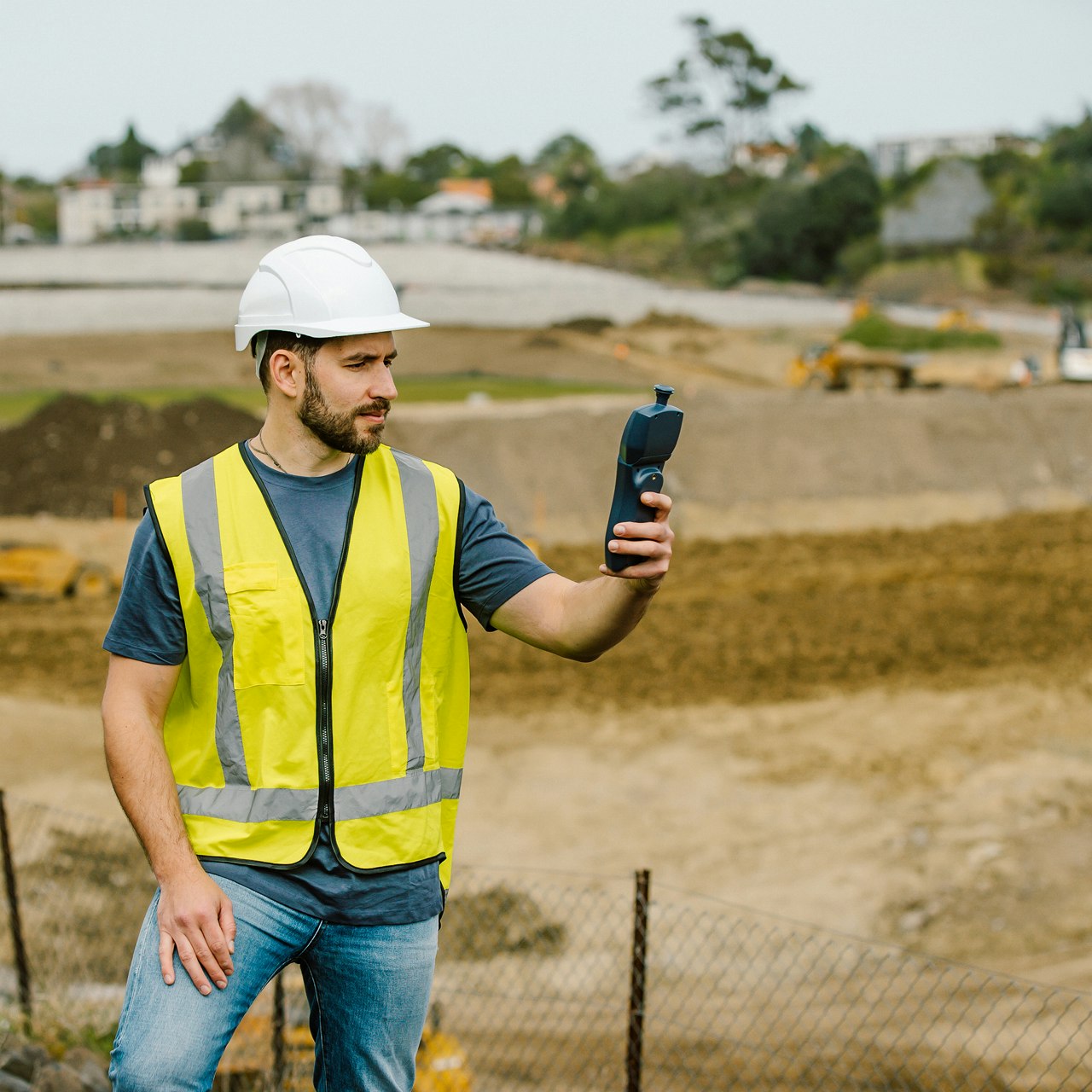AQS 1 Air Quality Monitor
The Aeroqual AQS 1 Air Quality Monitor provides simultaneous measurement of multiple particle mass (PM) size fractions and airborne gas pollutants with near-reference accuracy. Housed in a rugged, weatherproof enclosure and featuring a modular design, it allows you to add or subtract pollutant modules according to the needs of your specific project. The AQS 1 is a compact air quality monitor that deploys in minutes and connects to our range of air monitoring software solutions, delivering remote, real-time data you can trust.
Particulate Matter
PM1, PM2.5, PM4, PM10, TSP
Gas pollutants
VOCs, O3, NO2, CO, H2S, SO2, CH4
Environmental factors
Temperature, humidity, noise, barometric pressure, precipitation, solar radiation, wind speed and direction
The Aeroqual AQS 1 is suitable for use on a range of projects, including air quality monitoring on construction and remediation sites, urban air quality monitoring networks, dust monitoring, and fenceline monitoring on industrial sites.
Key technology of the AQS 1
Key benefits
Simultaneous real-time measurement
Simultaneous measurement of particulate matter (TSP, PM10, PM4, PM2.5 & PM1) and parts-per-billion (ppb) detection of NO2, CO, H2S, O3, CH4, VOCs and SO2.
Near-reference accuracy
Measures and reports data in 1-minute intervals with user-selectable averaging, delivering highly accurate results with excellent correlation to US EPA reference analyzers.
Durable design
Robust, weatherproof enclosure with solar shielding, suitable for use in almost any environment.
Who uses the Aeroqual AQS 1?
Construction site managers, environmental consultants, and industrial health and safety professionals use the Aeroqual AQS 1 Air Quality Monitor to maintain compliance and protect sensitive receptors, including workers and the surrounding community, from poor quality air. The AQS 1, with our integrated air monitoring software, provides remote access to near-reference air quality data and automated reports optimized for local regulations (including DER-10, Rule 1466, and NJ PAM).
From TSP and PM10 caused by bulk material operations, such as earthworks, demolition, and grinding, to fine particles, such as PM2.5, from diesel-powered equipment, the AQS 1 simultaneously measures all on-site emissions. Accurately measure VOCs released from contaminated soil during excavations, and track NO2, CO, H2S, CH4, and SO2 emissions from industrial trucks, excavators, loaders, bulldozers, and off-road machinery such as pumps and generators.
Practical construction and remediation air monitoring applications for the AQS 1 include:
- Construction Environmental Management Plans (CEMP)
- Remediation Community Air Monitoring Plans (CAMP)
- Fenceline and fugitive dust emissions monitoring
- Landfill monitoring
- Industrial and occupational hygiene
- Health, Safety and Environmental (HSE) monitoring
Air quality agencies, community groups, researchers, and air quality professionals use the Aeroqual AQS 1 to continuously monitor the main criteria pollutants that impact human health, namely: PM2.5, ozone (O3), and nitrogen dioxide (NO2). To learn more about the health impacts of these pollutants and the importance of real-time measurement when deciding on an appropriate air monitor, check out this article.
Optional accessories
FAQs
The main difference is that the Dust Sentry measures dust and particulate matter (PM), while the AQS 1 can measure particulate matter and up to three gases at the same time. Both are designed for continuous real-time measurement of ambient air.
The AQS 1 can measure particulate matter (PM) and up to three gases at the same time. You can choose from the following parameters:
- Particulate matter (PM1, PM2.5, PM4, PM10, TSP)
- Gases: ozone, nitrogen dioxide, VOCs, carbon monoxide, sulfur dioxide, hydrogen sulfide, methane
- Meteorological (temperature, humidity, rain, pressure, wind speed/direction, solar radiation)
- Noise
Yes, the system can be configured with a PCX Particle Module. The PCX Particle Module mass measures PM1, PM2.5, PM4, PM10, and TSP as standard.
Are the gas detection levels suited for indoor measurement?
Yes. However, please note that noise is generated by the equipment when it is operating.
Is it easy to install and maintain?
Installation
The AQS 1 can be used almost anywhere – on roofs and lamp posts, by a busy street or an offshore oil rig, in cold and hot climates, on or off-grid. The unit weighs about 12kg, so installation is easy; you can get set up or relocate in under 10 minutes.
Maintenance
This is a low-maintenance air quality station, and the skill level required for operation is relatively low.
How do we calibrate an AQS 1?
Gas Calibration
There are three types of calibration of the gas module:
- Factory calibration pre-shipment is standard on all our instruments.
- Field calibration. Typically, only advanced users will need to field calibrate their AQS 1. All other users can depend upon 12-monthly factory calibration of the gas module.
- Factory calibration post-shipment.
Particulate Calibration
All Aeroqual PM engines need to be returned to the Met One Instruments factory in the U.S. for service and calibration at the following recommended intervals:
- AQS 1 Particle Monitor: 24 Months
- AQS 1 Particle Profiler: 12 Months
Aeroqual can arrange for this service. Contact support@aeroqual.com for further details
What is the dimension and weight of an AQS monitor?
483 H x 330 W x 187 D mm (19 H x 13 W x 7.4 D inches) includes solar shield armour and mounting brackets, and it weighs less than 13 kg (28.6 lbs).
Is the AQS 1 a temperature-controlled enclosure?
No. However, the enclosure is a lockable IP65-rated, glass-reinforced plastic (GRP) cabinet with integrated aluminium solar shield armor.
What is the environmental operating range?
The AQS 1 is designed to operate in environments from -10 °C to +45 °C (14 °F to 113 °F)
Can it be solar or battery powered?
Yes. To read more, see this technical note on How to remote/solar power the Dust Monitor.
Can we integrate a third-party weather station in the AQS 1?
Yes, a power and data interface for designated third-party sensors is included.
Here is a list of the environmental sensors that integrate with the AQS 1 system:
- Gill WindSonic (ultrasonic wind sensor)
- Vaisala WXT536 (weather transmitter)
- Met One MSO (weather transmitter)
- Cirrus MK427 Class 1 (noise sensor)
- Novalynx Pyranometer (solar radiation)
What communication options are there for access to the instrument?
- Standard: WIFI
- Ethernet (LAN)
- Optional: Cellular IP HSPA 3G modem
Are all the gas modules calibrated to NIST standards?
Yes. The AQS 1 is delivered with a NIST-traceable factory calibration.
Product Support
For support on your AQS 1 instrument, click here to visit our support centre.
Solutions for your sector
Case studies
Case Study - Brownfield Redevelopment
Building a healthier Brooklyn: Aeroqual and Langan's collaboration on the Alafia Estate
Case Study - Brownfield Redevelopment
Perimeter monitoring during a waterfront stabilization project in Queens
Case Study - Brownfield Redevelopment
250 Water Street NYSDEC
Related products
Real-time air monitoring made easy
Take the time and hassle out of your next project with a real-time air quality monitoring solution.




